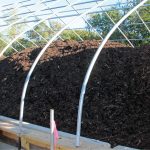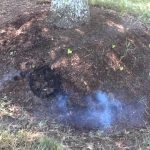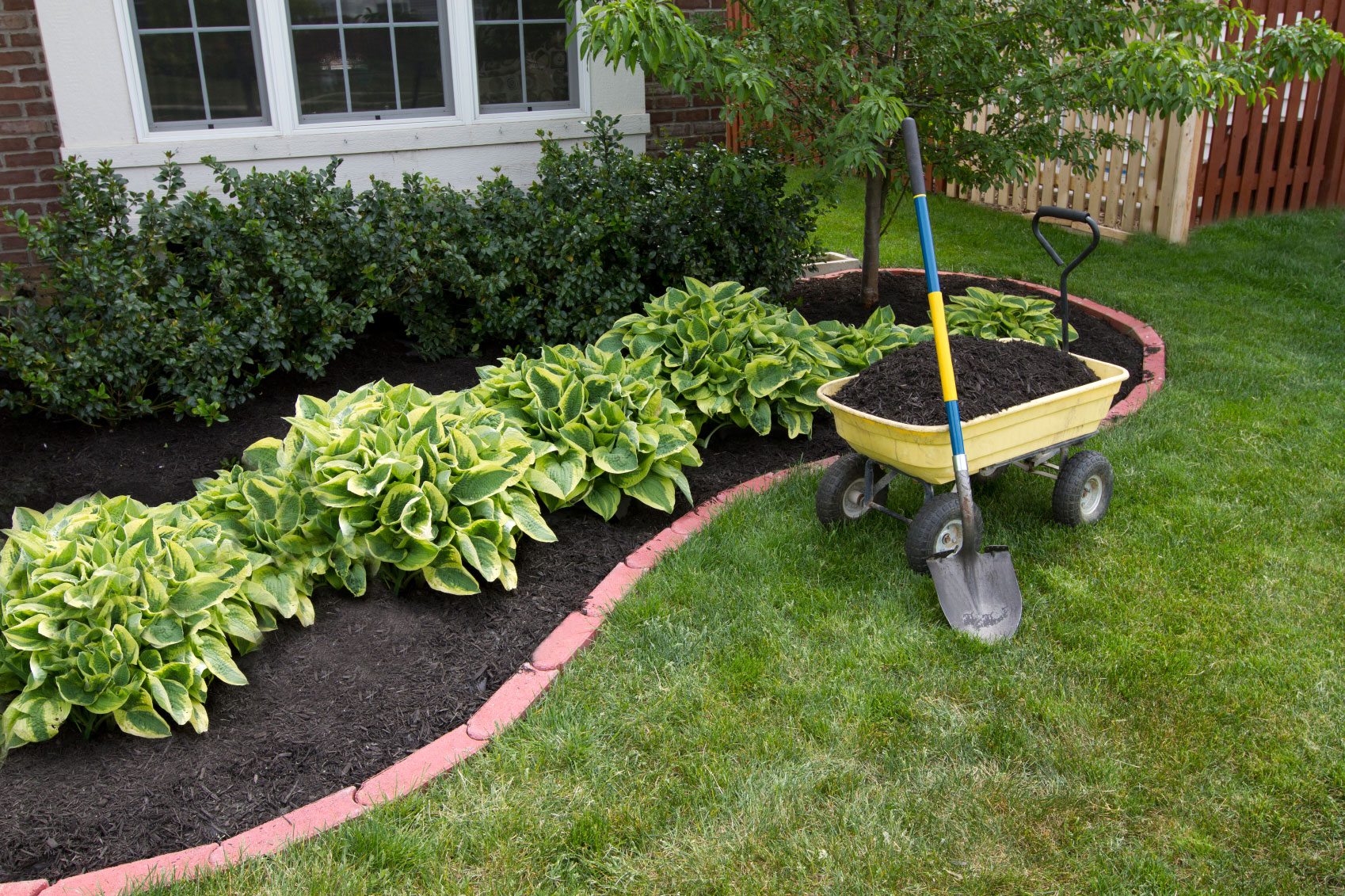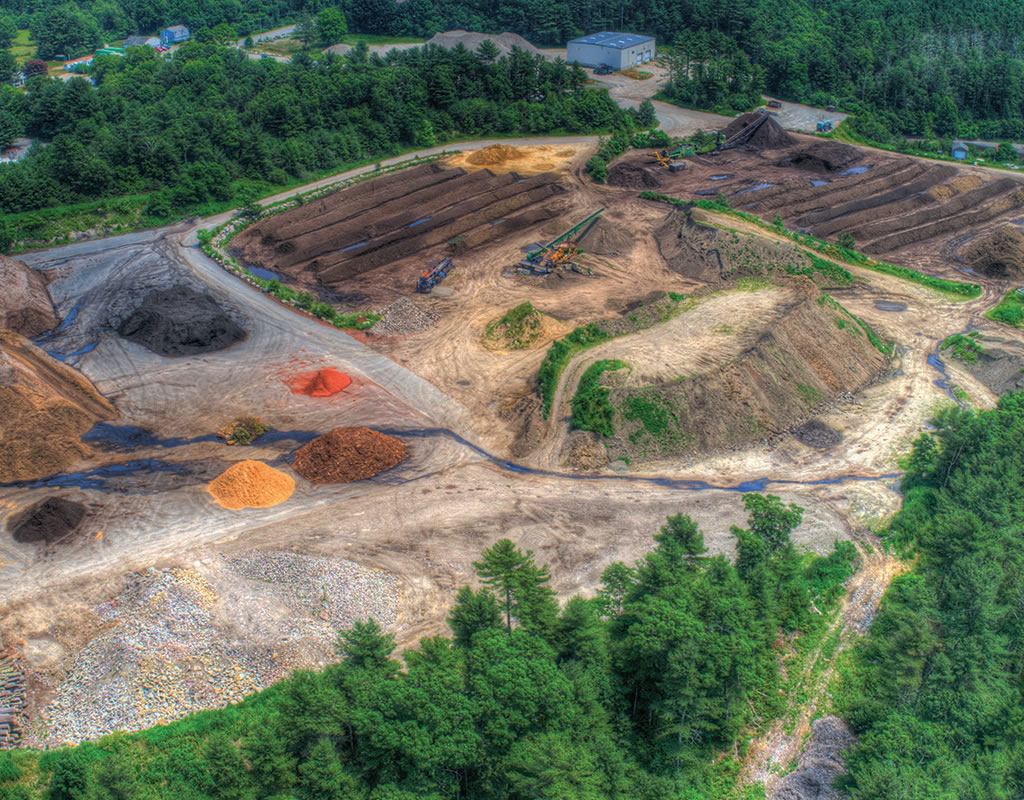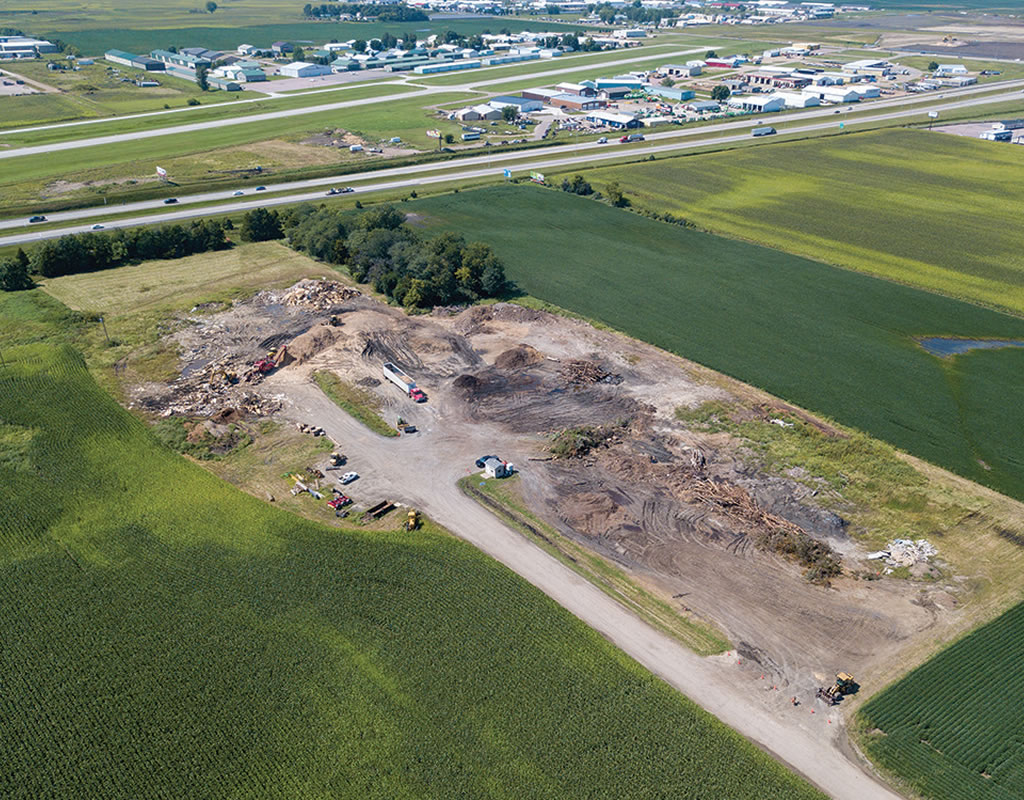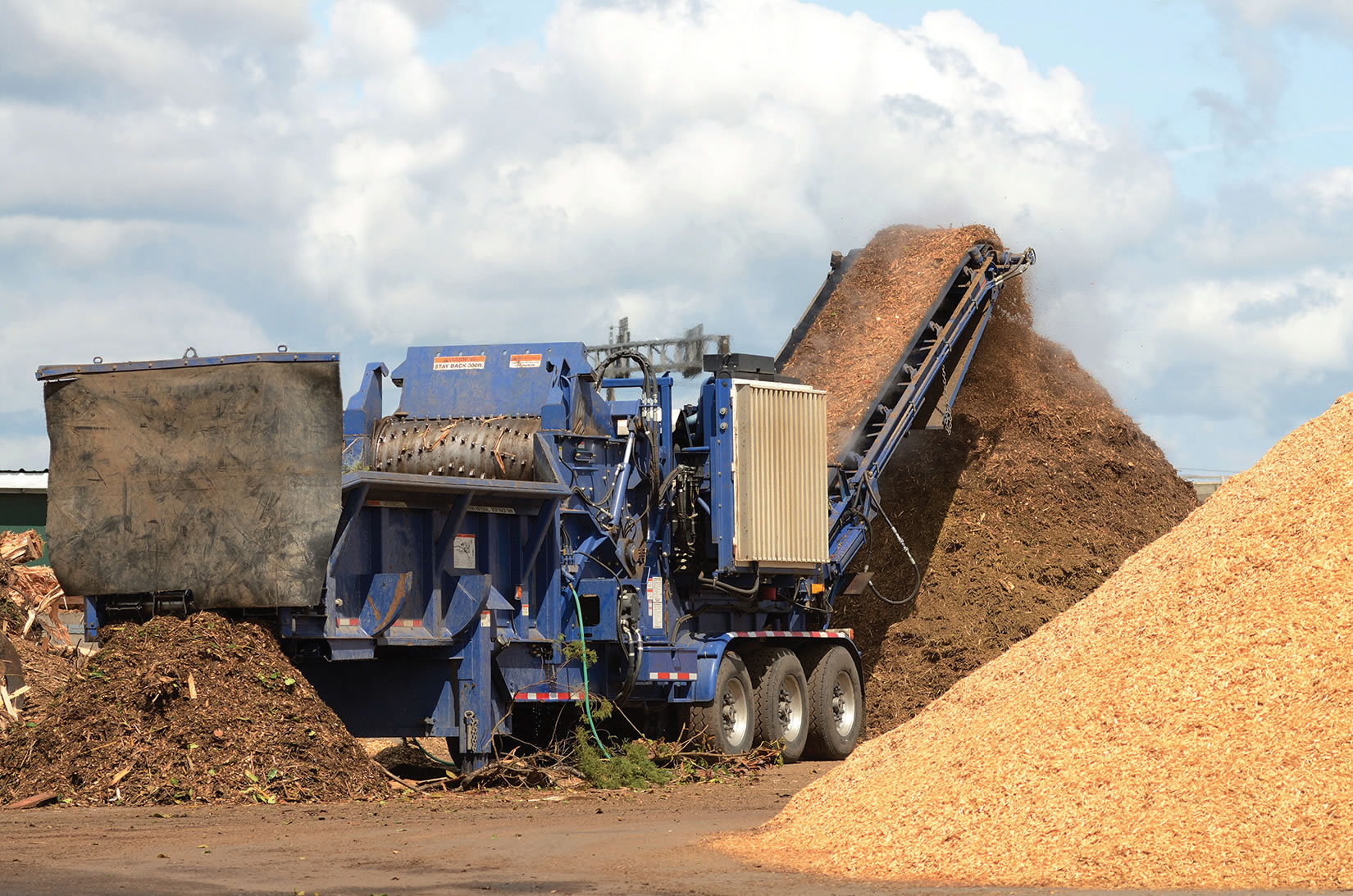By P.J. Heller
Massive amounts of wood waste generated by Hurricane Irma in Florida — from trees and branches to damaged or destroyed homes, buildings and other structures — is continuing to make its way to landfills and waste-to-energy plants throughout the Sunshine State months after the storm ravaged much of southwest Florida.
Only a small amount of the felled oak, mahogany, ficus and other hardwoods is being used for mulch and an even smaller percentage appears to be usable to be turned into a salable product by commercial mulch manufacturers.
Much of the wood waste being collected is comingled with other materials, so it is unsuitable for commercial mulch manufacturers, according to industry officials.
“Even the straight yard waste . . . most of that material is going to a landfill because there is just no place to get rid of the sheer volume of material,” noted Dave Whitelaw, a Tampa, Fla.-based businessman who sells new and used grinders.
After devastating several Caribbean islands, Irma struck in the U.S. on Sept. 10 as a Category 4 hurricane. It first made landfall in the Florida Keys, then churned up Florida's west coast, causing billions of dollars in damages. It was the strongest Atlantic basin hurricane ever recorded outside the Gulf of Mexico and the Caribbean Sea and the first major hurricane to make landfall in Florida since Wilma in 2005.
Unlike the regular curbside yard waste collection that most residents are used to, cities and counties contract with disaster debris management firms to clean up the storm debris, including wood and yard waste. That cleanup effort was slowed because many of the companies were working in the Houston area cleaning up from Hurricane Harvey, which struck there Aug. 26 with winds of 130 mph.
“The debris removal program was unexpectedly prolonged due to resources being limited by Hurricane Harvey in Texas and the widespread impact of Irma in Florida,” noted St. Johns County officials in a message to residents explaining the slow cleanup effort. “Additional resources are being enlisted when possible and all storm debris is projected to be removed by December.”
“The majority of the disaster contractors were already set up and running in the Houston area so there was nowhere near enough people to handle the counties here in Florida,” Whitelaw added.
The scramble for those crews sent prices soaring, with some areas in South Florida paying nearly three times the going rate for storm cleanup, according to several people.
“There’s nowhere near enough people needed,” Whitelaw said of the Florida cleanup. “And they (disaster debris management companies) are still cleaning up south of Houston. Those people are still over there. It’s not like they finished there and came over here. They’re still there.”
The amount of debris generated by Irma was overwhelming. In the city of Sarasota, 60,000 cubic yards of storm waste that was collected in two months was equal to the amount that public works crews would typically collect in two years. Sarasota County has collected more than 250,000 cubic yards of debris.
In Collier County, there was an estimated 4 million cubic yards of debris, with 330,000 cubic yards within the City of Naples alone. That quantity was four times the amount of debris from Hurricane Wilma in 2005. County officials said its contractor, AshBritt Environmental, set up large grinders on its collection sites to process vegetative debris into mulch. The mulch will be taken out of county to be reused for soil stabilization in agricultural areas, they said.
Polk County officials estimated the debris from Irma would be more than 2 million cubic yards, which was as much as all of the hurricanes in 2004. That material was destined for landfills.
St. Johns County said it had collected 622,827 cubic yards of material as of Nov. 21 with more than 27,000 cubic yards still to be picked up.
Like other counties, Brevard County was running its cleanup operations from sun-up to sun-down. As of Nov. 17, it reported it had 29 trucks collecting vegetative debris from Irma operating in the unincorporated areas as well as in municipalities that were part of the interlocal agreement. Cleanup efforts were running seven days a week, some areas reported.
MW Horticulture Recycling Facility in Lee County reported that in the first nine days after Irma it had collected about two months worth of vegetation at its Fort Myers facility. The company, which produces mulch, compost and top soil, was allowed by the state to expand its operations by four acres to handle the inflow.
The disaster debris management companies set up sites to manage storm-generated debris. The permitting, inspection and coordination of those sites is overseen by the Florida Department of Environmental Protection. The agency must approve debris staging areas in order for the owner/operator of the staging areas to receive public assistance funds from the Federal Emergency Management Agency.
“Some disaster debris management sites serve solely as temporary storage areas for debris until it can be taken to a disposal site, such as a landfill or permitted waste-to-energy facility,” explained Sarah Shellabarger, a DEP spokesperson. “Whether or not a waste-to-energy facility can accept storm-generated debris depends on if they are operating at capacity, as defined by their permit. Most of these facilities are authorized to burn municipal solid waste such as wood pallets, clean wood and land clearing debris.”
Whitelaw said counties which have waste-to-energy plants “are getting as much material as they can take. The rest of it is going to the landfill because there’s just no place for it.”
Florida operates 11 waste-to-energy facilities that can handle 20,114 tons of trash per day.
“Other disaster debris management sites may directly manage the debris by chipping, grinding or burning,” Shellabarger said. “Another option for debris disposal — clean woody biomass such as tree limbs and trunks — is mulching.”
Keith Howard, director of the Lee County Solid Waste Division, said most, if not all, of the mulch being produced by its contractor, Crowder Gulf, will be used for agricultural purposes or as compost feedstock.
“The material being mulched is all vegetative debris and may include limbs, trunks, etc,’ Howard said. “Materials are managed on temporary debris staging sites located throughout the county. Once the cleanup effort is complete, these sites will be returned to their former state. Most sites are available vacant land for managing only vegetative debris. Construction and demolition debris is being hauled directly for landfill disposal.”
As of Nov. 21, the county had collected 1,447,169 cubic yards of vegetation and 34, 192 cubic yards of construction and demolition material.
In Orange, Seminole and Lake counties, some debris ground into mulch will sent to landfills where it will be mixed with soil to be used as a ground cover over the garbage. Residents of Lake County could also haul away as much mulch as they desired.
“Understand, it’s not store quality,” Mary Hamilton, Lake’s environmental services manager told the Orlando Sentinel. “You probably wouldn’t want it in your front flower beds.”
The city of Orlando was reselling its mulch for landscaping.
“Picking up and removing the debris is only half the job,” Apopka Mayor Joe Kilsheimer told the Sentinel. “Disposing of it is an additional challenge and cost.”
Whitelaw agreed.
“Anybody that wants the wood can have as much as they would like,” he said.
Related News
Subscribe Today
Every other month, Soil & Mulch Producer
News brings you important stories about:
• New Technology
• Products
• Industry News
• Research Studies
Soil & Mulch Producer News features articles and services relevant to your daily operations.

